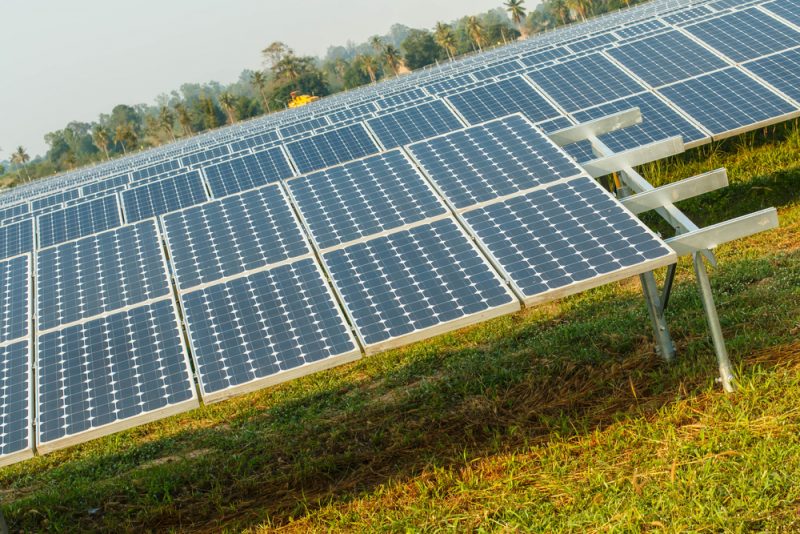California utilities work to integrate distributed energy resources into grid

SAN DIEGO – Representatives from California utilities and other energy industry groups discussed tools developed to assist utilities in determining grid capacity for distributed energy resources (DERs), valuing those resources and siting them in optimal locations in order to help the state meets its climate goals, during this week’s National Association of Regulatory Utility Commissioners (NARUC) event here.
“The underlying goal and recognition is California does have a very aggressive target to reduce greenhouse gas emissions both from the electricity and transportation sectors, and there is a realization that distributed energy resources will play a critical role towards meeting that goal,” said Dhaval Dagli, principal manager of regulatory policy at Southern California Edison, speaking on a panel at NARUC’s Summer Policy Summit this week.
DERs are smaller power resources located on the distribution grid that can provide power needed to meet regular demand, such as rooftop solar generation, battery storage or advanced renewable technologies.
As part of its larger Distributed Energy Resources Action Plan, the California Public Utilities Commission (CPUC) is encouraging California’s investor-owned utilities to invest further in DERs. To help integrate DERs into the grid, two methodologies have been developed with the assistance of working groups made up of industry experts: an Integrated Capacity Analysis (ICA) and a Locational Net Benefits Analysis (LNBA).
The ICA is designed to map the capacity available on the grid for DERs. The LNBA seeks to identify the benefits provided by DERs and how those benefits vary by location. It could be used to identify ideal locations for DERs. These initiatives aim to enable utilities to successfully and efficiently integrate DERs and help California reach its emissions reduction goals.
Environmental attributes are one type of benefit that could be considered in the LNBA. Others include distribution capacity, voltage support, reliability and resiliency, Dhaval noted. DERs can also save utilities money by allowing them to defer planned projects until later or to avoid them completely.
Having a better understanding of locational value and capacity over time could allow more DERs to be constructed. Under current rules, DERs are limited by the days where the grid can handle the least output. Better knowledge, especially in combination with the use of smart inverters, could allow operators to plan to reduce output in advance and even plan hour by hour. This would enable them to build larger DER systems.
Tariffs could be specialized too, according to region and based on locational value.
Kenneth Sahm White, economics and policy analysis director at the Clean Coalition, also said the benefits of DERs need to be compensated in order to have a greater impact.
“As a resource of public information, it currently has limited practical value in part because there’s no compensation or incentive offers associated with that identified value short of where there’s a specific planned project and a request for alternative planned project proposals,” White said.
The working groups are now seeking to make the tools more user-friendly and are also working on how to share data between utilities.
